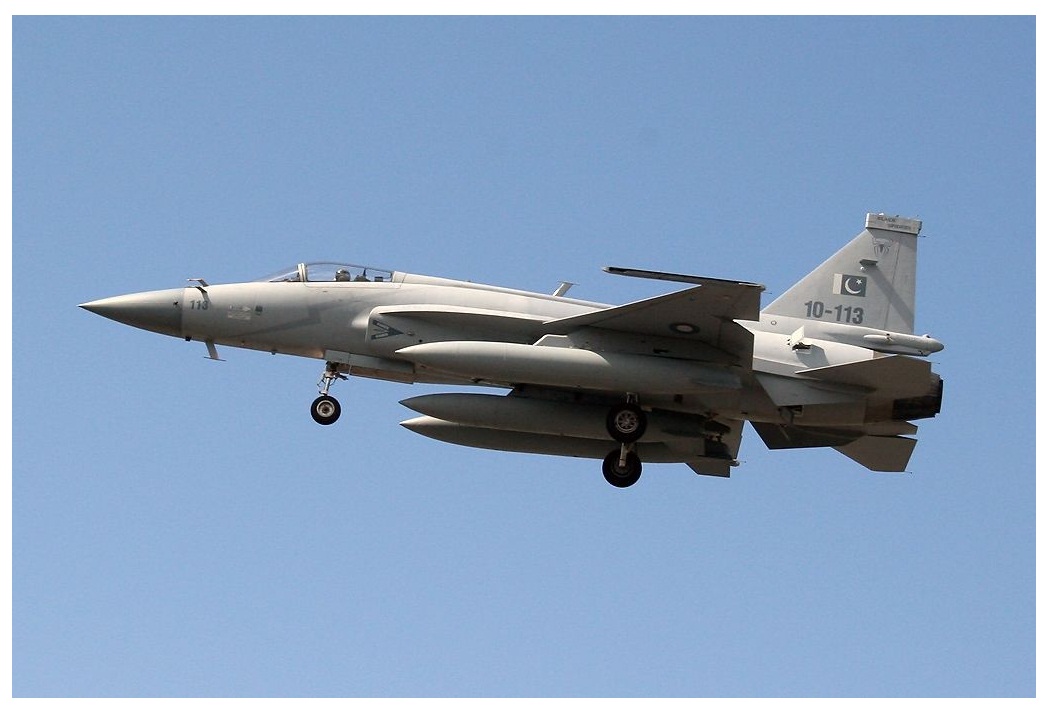khanasifm
SENIOR MEMBER

- Joined
- Apr 16, 2008
- Messages
- 7,082
- Reaction score
- 6
So no one has hd/high res version ??
Follow along with the video below to see how to install our site as a web app on your home screen.
Note: This feature may not be available in some browsers.


So no one has hd/high res version ??

They are called Air-brakes, every aircraft has them in a different location....some like the Typhoon or F-15 Eagle have one massive on the spine.



Too many alerts.
These r like spoilers on civilian jets except these brakes are installed on non-lifting surfaces, increases effective linear drag, does'nt affect lift except at critically low speeds.

The difference is like the nests built by magpies and sparrows!!! Sparrows build their nests inside palaces but magpies work hard to build their own beautiful and functional nests in the open air!!!!

Upon research this is what I have found out; PAF has 50 Block I's which are in the process of being upgraded to Block II's. PAF is also inducting a total of 50 Block II's which will later be upgraded to Block III specs. PAF plans to have about 250 JF-17's total.
To date we have lost 2 JF-17's in crashes.


Jf17 should have fuel tanks like block 52+

JF-17 Block I and II don't have fly by wire?I don't think the Block-2's would be upgradable to Block-3 standard. This is because the Block-3 has a number of mechanical, structural and design changes. As an example, the Block-3 will support a fly-by-wire control system to support the hybrid mechanical/fly-by-wire control system of the Block-2. The Block-3 is also rumored to have a much larger percentage of composites as compared to the Block-2, and of course if the JF-17B is anything to go by, the Block-3 will have design changes such as a much larger wing. However, the Block-2 aircraft can be upgraded with latest avionics to keep them effective in battlefields.
In spite of all this, they have succeeded in their initial objective, which was to replace the legacy platforms with a cost effective modern fighter. By inducting the JF-17 in Block-1 and Block-2 configurations, the PAF could retire the older fighter jets with a modern jet which also allowed them to gain experience on the JF-17, build its infrastructure, train staff and use their experience to evolve the Block-3. But the story ends here for the Block-2 planes.



JF-17 Block I and II don't have fly by wire?

Not in all axis ...

Since when ... i thought twin seater has all ax fbw not blk 2Wrong. It has had 3 axis FBW for a long time now.

Since when ... i thought twin seater has all ax fbw not blk 2

Thanks for the updateShortly after production of first block began. Search for posts by @messiach containing FBW or fly by wire. You should be able to find it.

